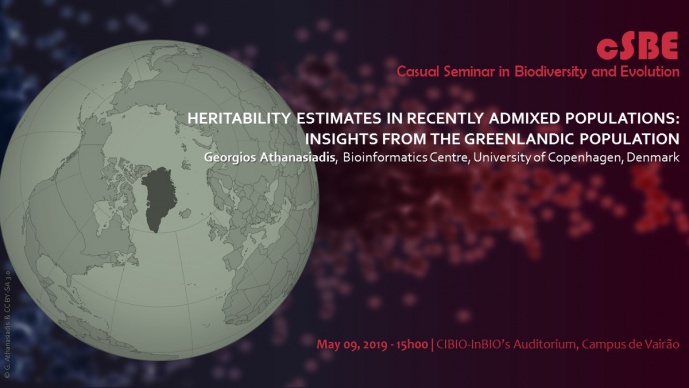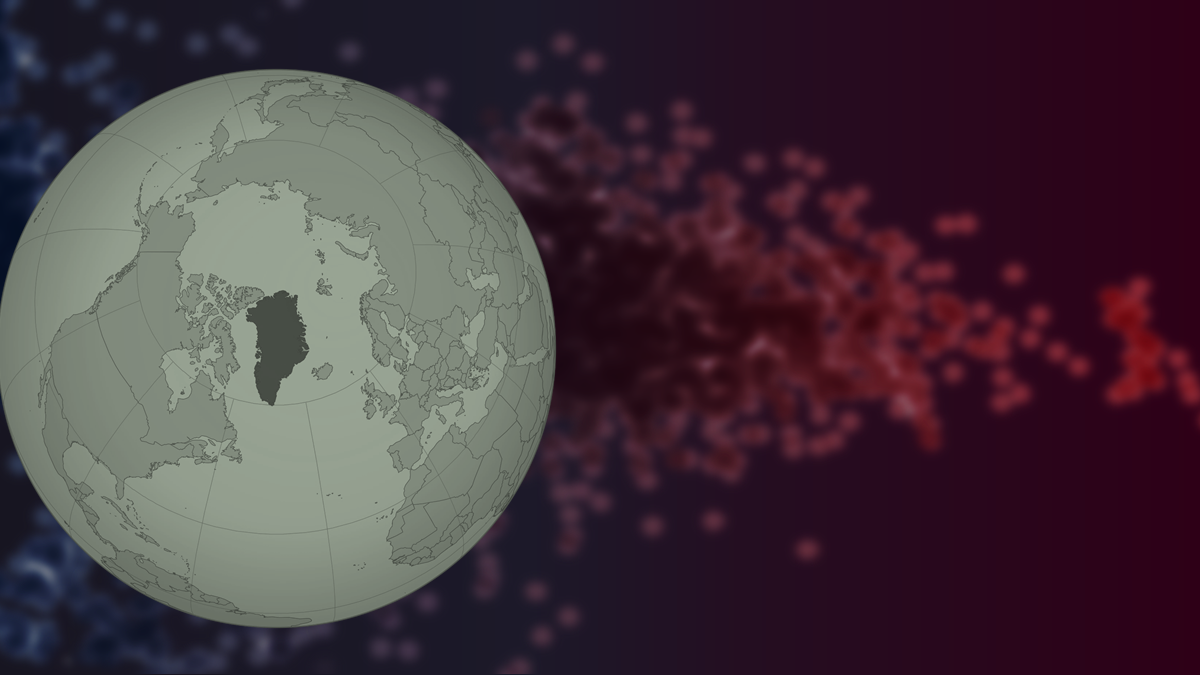HERITABILITY ESTIMATES IN RECENTLY ADMIXED POPULATIONS: INSIGHTS FROM THE GREENLANDIC POPULATION

CASUAL SEMINAR IN BIODIVERSITY AND EVOLUTION

Finding an efficient framework for estimating narrow-sense heritability in admixed populations with high relatedness remains an open question. In this work, I used extensive simulations to evaluate the performance of existing classical and linear mixed model frameworks for estimating narrow-sense heritability in two population-based cohorts from Greenland, and compared it to data from unadmixed individuals from Denmark. When the analysis focused on Greenlandic sib pairs, the model with two relationship matrices, one capturing identity by state and one capturing identity by descent, returned heritability estimates close to the true simulated value, while using each of the two matrices alone returned more biased estimates. When phenotypes correlated with ancestry, heritability estimates were inflated. Based on these observations, I propose a PCA-based adjustment in order to recover the true simulated heritability. Finally, I estimated heritability of ten quantitative traits from the two Greenlandic cohorts and report differences such as lower heritability for height in Greenlanders compared to Europeans. In conclusion, total narrow-sense heritability in recently admixed populations is best estimated using a mixture of genetic relationship matrices on individuals with at least one first-degree relative included in the sample.
Georgios Athanasiadis is a Greek geneticist with a background in biology and a PhD in human population genetics. After living for almost ten years in Barcelona, where he did his PhD and first postdoc, he moved to Denmark, first to Aarhus University and then to the University of Copenhagen, in order to gain further postdoctoral experience. Throughout his research career, he made contributions to the genetic analysis of human populations from the Mediterranean, Northern Europe and Aboriginal Australia. Georgios Athanasiadis has also contributed to the discovery of novel genetic variants related to osteoporosis and venous thromboembolism, and more recently to the elucidation of the phylogenetic history of the baboon (Papio) genus, drawing important parallels to human evolution. His current research focuses on applied statistical and computational methods for the analysis of genomic data, including the correction of structure in GWAS summary statistics, the estimation of heritability and co-heritability of quantitative traits in admixed populations, and the development of an online platform for fast and accurate genetic predictions.
Host: [Magda Gayà, Human Evolutionary Genetics]
Image credits: Georgios Athanasiadis & CC BY-SA 3.0